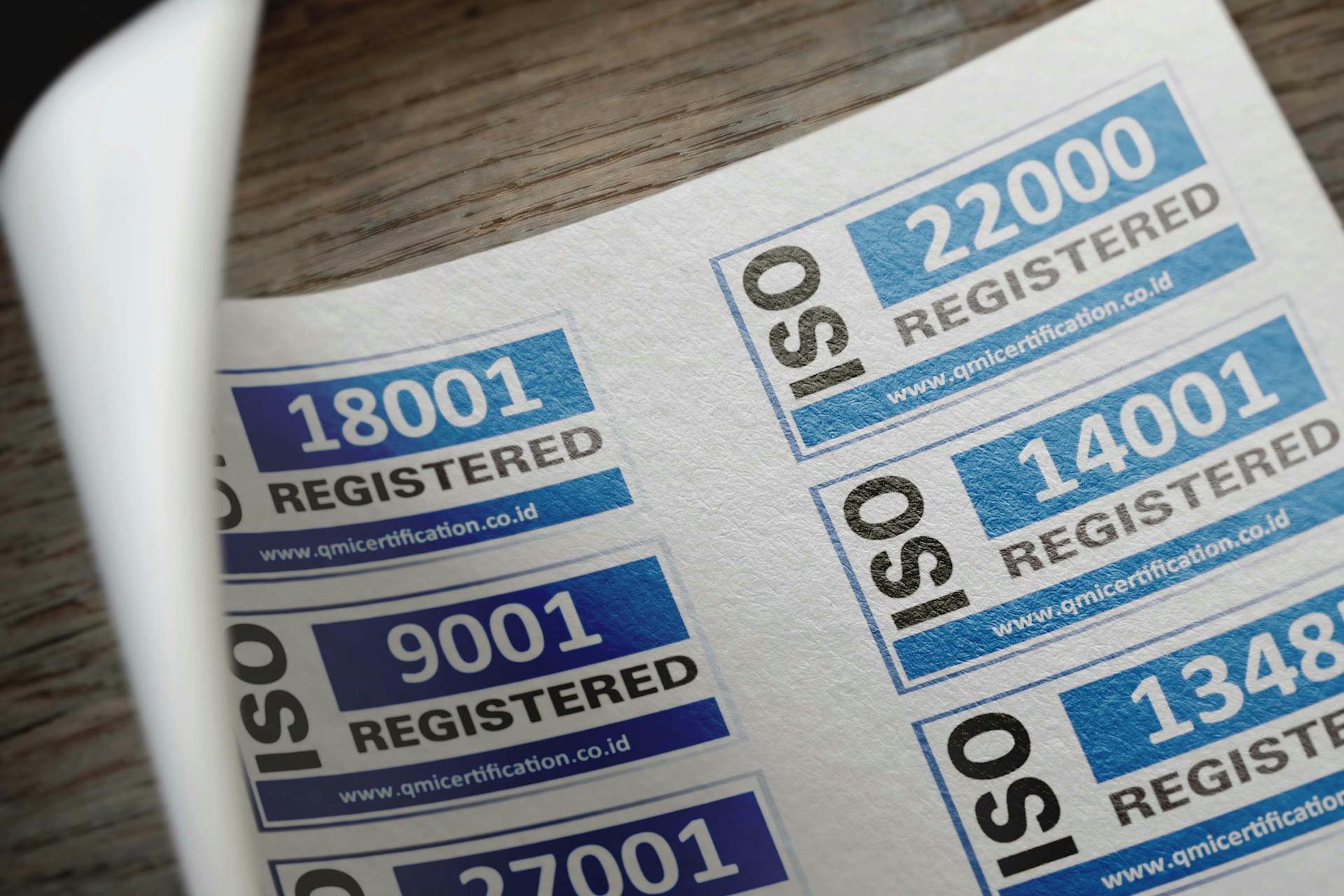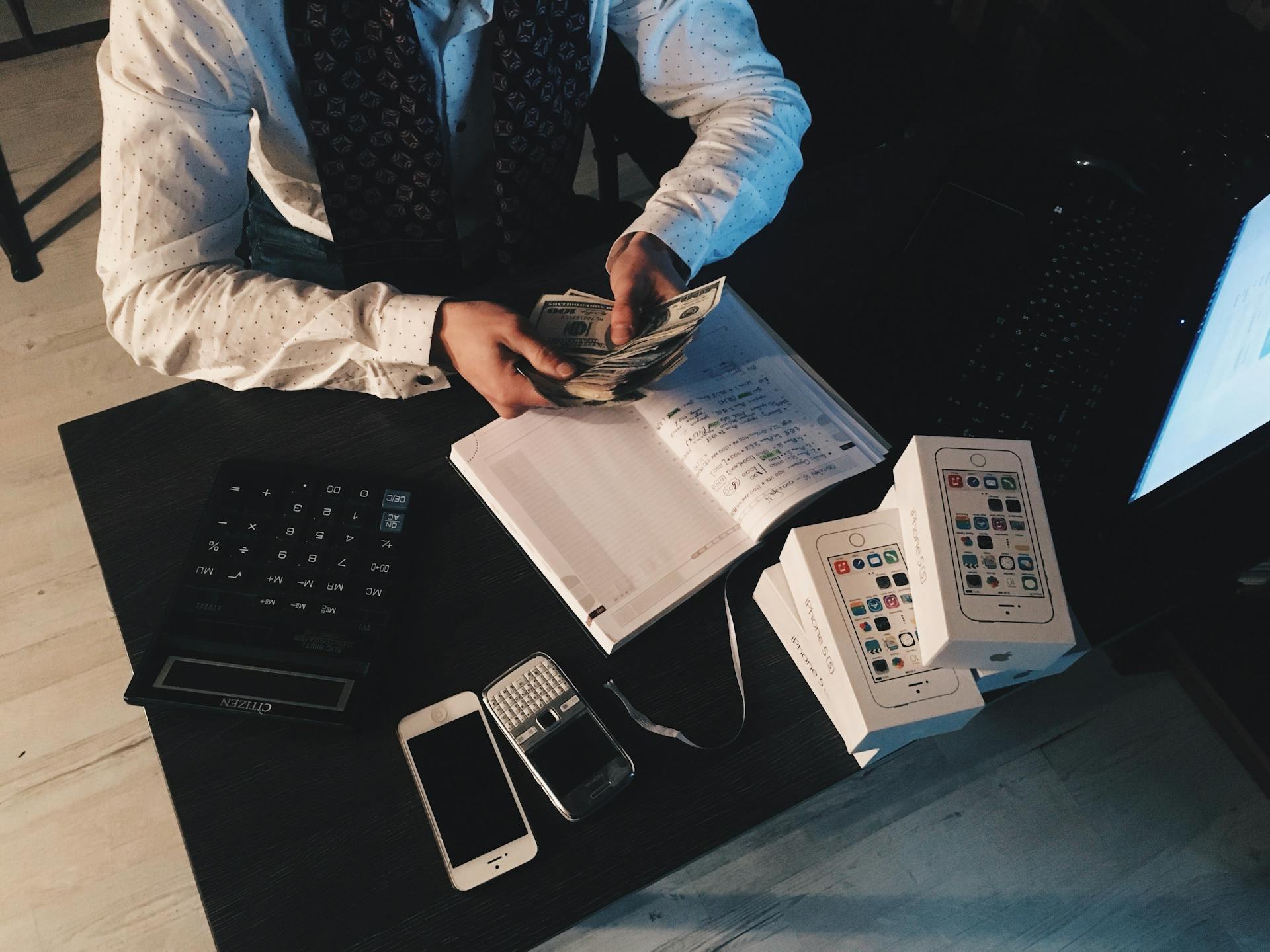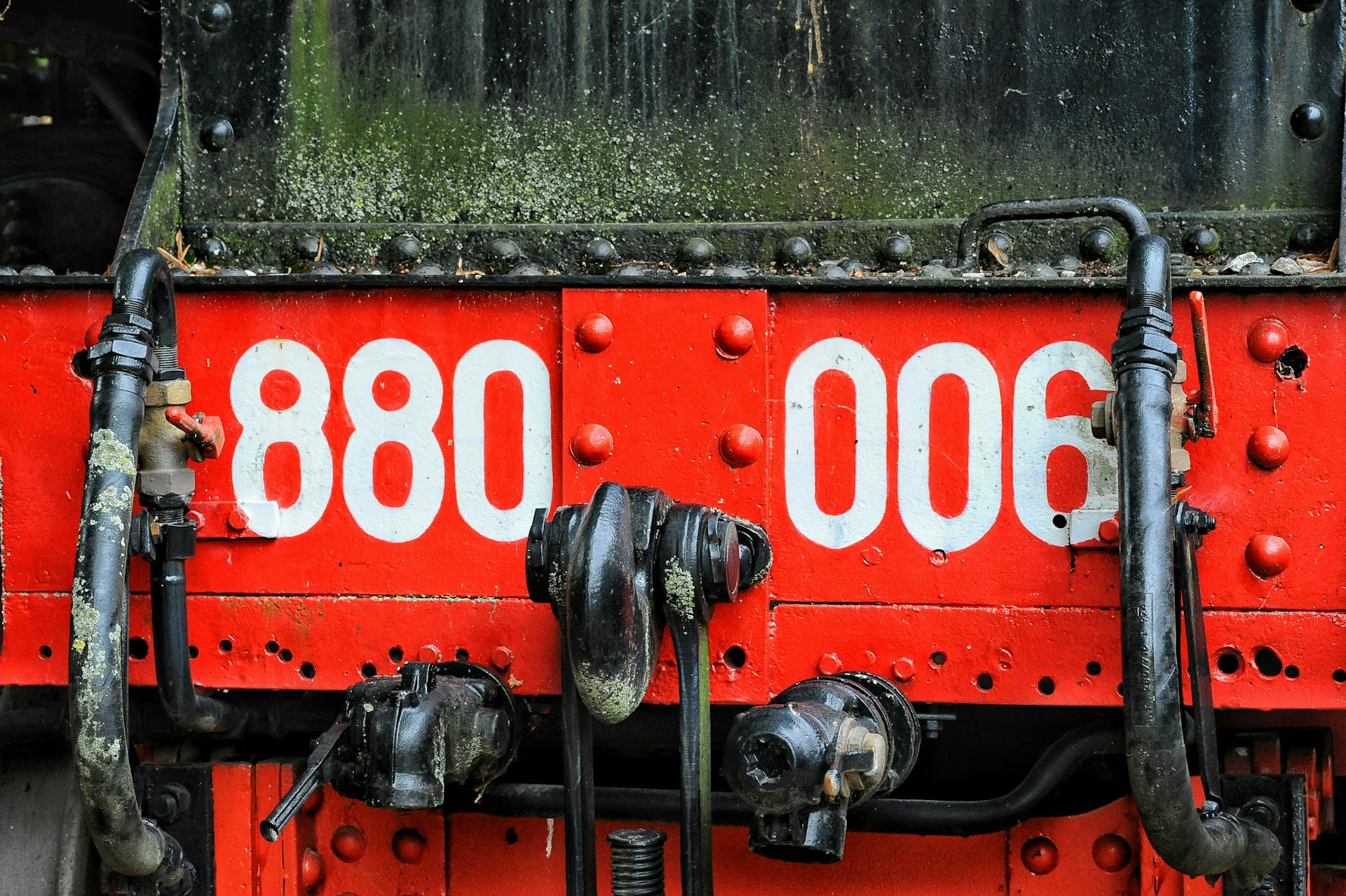
A certified check is a type of check that's guaranteed by the bank that issued it. This means the bank is responsible for the payment, not the person who wrote the check.
To get a certified check, you need to visit your bank in person and request one. They'll verify your identity and ensure you have sufficient funds in your account.
A certified check is a safer way to pay for large purchases or send money to someone you don't know well. It's like a guarantee that the payment will go through.
What They Are and How
A certified check is a type of check that guarantees the account holder has enough money to pay a specified amount. It's like having a promise from the bank that the funds are there.
The bank verifies the account holder's signature and confirms the funds are available, then sets aside the check amount for when it's cashed or deposited. This process provides assurance to the recipient that the check won't bounce.
A certified check is essentially an "official check" that's backed by the bank. The bank stamps the check or adds a marking to indicate it's certified. This gives the recipient peace of mind.
Certified checks are often used for large transactions, like buying a car or a house. Sellers might prefer them over personal checks because they reduce the risk of the check bouncing. This can be a big relief for both parties involved.
In order to get a certified check, the bank verifies the account holder's signature and confirms the funds are available. This process usually involves a fee, so it's not something you can do lightly.
Certified checks are similar to cashier's checks, but they're not issued directly by the bank. Instead, the account holder still writes and signs the check, but the bank verifies the signature and confirms the funds.
On a similar theme: What Bank Does Not Check Chexsystems
Benefits and Uses
A certified check can be a game-changer for large transactions, especially when dealing with strangers.
Certified checks are typically used in large-dollar transactions, such as a down payment on a car, and they guarantee the seller that the buyer has adequate funds for the purchase.
In transactions where the buyer and seller don't know each other, a certified check provides an added level of security and reassurance that the check will clear as promised.
Certified checks are similar to cashier's checks in that both provide more assurances to the check recipient, but cashier's checks are issued directly by the bank and include the bank's phone number and address.
The main benefit of certified checks is reduced risk for their recipients compared to personal checks, as the bank has verified the funds are set aside to pay the check.
Here are some examples of when to use a certified check:
- Foreclosure auctions
- Home down payments
- Car sales
- Other large transactions between two strangers
Using a certified check can protect both sides of the transaction, especially when dealing with large sums of money or when the buyer and seller don't know each other.
Cashier's Checks
A cashier's check is a type of guaranteed payment that's similar to a certified check. It's a check written by a bank on behalf of the customer, with the bank guaranteeing the funds.
Some banks offer cashier's checks for free, while others charge a fee, which can range from $5 to $20 or more. For example, Ally Bank offers cashier's checks for free, while Bank of America charges $15 for certain account holders.
Cashier's checks are often preferred by sellers because they're difficult to counterfeit and provide an added level of assurance that the buyer will pay. A bank cashier signs the document, giving it more credibility.
Here's a breakdown of fees for some major financial institutions:
Cashier's checks are not the same as certified checks, although they both provide a level of security. A certified check is signed by the account holder and then verified by the bank, while a cashier's check is written and paid by the bank.
Security and Risks
Certified checks are a type of payment that can be vulnerable to fraud, just like any other form of payment.
To avoid falling victim to check fraud, it's essential to verify the check's legitimacy. This can be done by calling the bank immediately upon receiving a certified check to confirm its validity. Don't use the phone number printed on the check, as it could be fake.
A red flag of a phony check is often a typo or grammatical error. However, most bad checks don't have dead giveaways, making them harder to spot.
To verify a certified check, find the bank's phone number from their official website and call it. Give the bank the check number and the name of the purchaser to confirm the check's validity.
In some cases, the bank may require an indemnity bond to be issued if the original check is lost in the mail. This bond can be a challenge to acquire and often comes with an additional cost, which is usually a percentage of the check's amount.
Here are some steps to take when receiving a certified check:
- Call the bank immediately to verify the check's validity
- Use the bank's official phone number found on their website
- Provide the bank with the check number and the name of the purchaser
4 Alternatives to
Certified checks offer a level of security for large transactions, but they're not the only option.
If you're looking for alternatives, you might want to consider electronic payments, which have largely replaced checks as the dominant means of paying for goods.
Personal checks, on the other hand, come with a certain amount of risk, as there's always the chance that the check will bounce when the recipient tries to cash it.
Downsides to certified checks include the inability to place a stop payment order and fees charged for issuing one.
Here are four alternatives to certified checks:
- Electronic payments, such as credit and debit cards, offer a more secure and convenient option.
- Personal checks, although riskier, can still be used for smaller transactions.
- Money orders, which are prepaid instruments, can also be used for large transactions.
- Bank drafts, which are checks issued by a bank, can provide a similar level of security to certified checks.
Getting and Using
To get a certified check, you'll typically need to visit a local bank. They'll verify the funds are set aside to pay the check, which reduces the risk for the payment recipient.
The bank will essentially guarantee that the check won't bounce, giving both parties peace of mind. This is especially important in large-dollar transactions, such as a down payment on a car.
To use a certified check, you'll need to have a valid account with the bank and sufficient funds to cover the check amount. This ensures the bank can verify the funds and guarantee the payment.
Certified checks are ideal for large purchases between two strangers, such as foreclosure auctions, home down payments, car sales, and other transactions where trust is an issue.
Here are some common scenarios where certified checks are used:
- Foreclosure auctions
- Home down payments
- Car sales
- Other large transactions between two strangers
Frequently Asked Questions
What is the difference between a certified cheque and a regular cheque?
A certified cheque provides guaranteed funds, whereas a regular cheque may be subject to verification and potential delays in payment. This added security makes certified cheques a safer option for high-value transactions.
What is the disadvantage of a certified cheque?
A certified cheque has two main disadvantages: it cannot be stopped from being paid, and the issuer may be charged a fee. This makes it less flexible and more expensive than other payment methods.
Do certified checks clear immediately?
Certified checks typically clear within one business day after deposit, but the exact timing may vary depending on the bank and its processing schedule. They are often considered as good as cash and can be available for use by the payee quickly.
Sources
Featured Images: pexels.com


